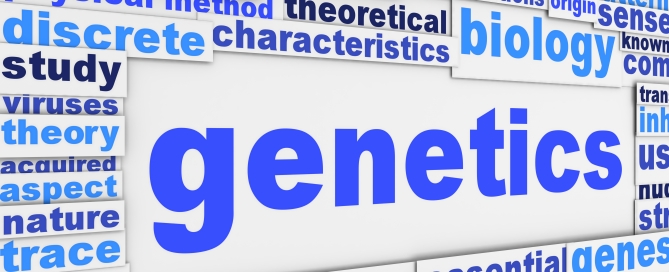Despite widespread use of the androgen 17α-Methyl Testosterone (MT) in tilapia farming, the implications of tilapia hormone treatment in relation to human health and the environment have not been well articulated to the fish trade, or the general public. The purpose of this white paper is (a) to explain clearly why MT is widely used by the producers of farmed tilapia; and (b) to demonstrate why there are no risks to consumers, and no known risks to producers or the environment, provided the recommended best practices for MT use in aquaculture are followed. These best practices are described, so that tilapia dealers can ensure that their suppliers are taking the necessary steps to protect consumers, fish farm workers and the environment.
Click HERE to download and read the complete paper.


